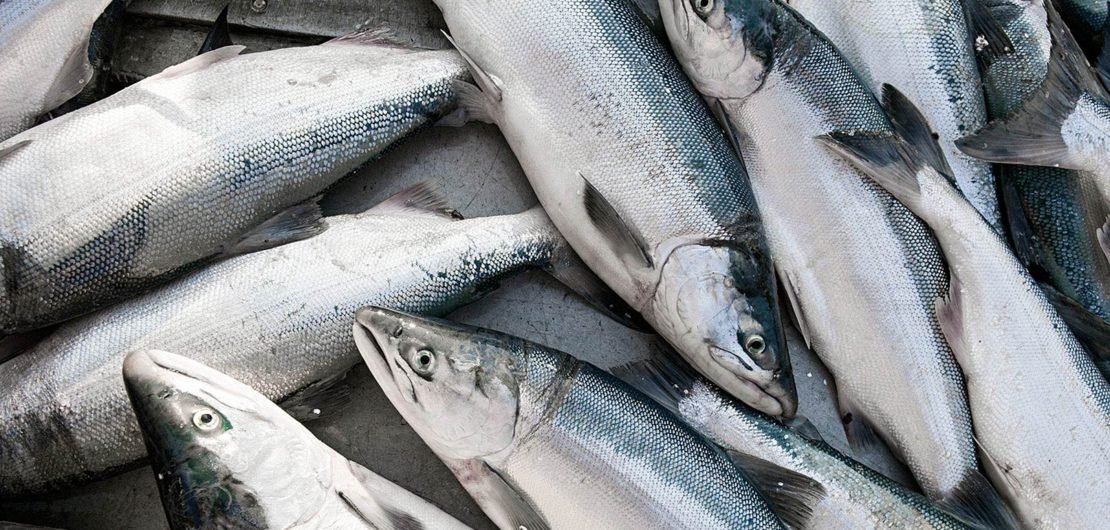State of Washington Report Predicts the Extinction of Wild Pacific Salmon
Juneau, AK: On January 20th, Washington State’s Recreation and Conservation Office and the Governor’s Salmon Recovery Office released a sobering report warning that Washington’s wild salmon populations are “teetering on the brink of extinction” with the majority of their runs in threatened or endangered status. In the report, habitat loss and climate change are identified as major challenges facing wild salmon and the authors call for Washington to choose a path to recovery that “recognizes salmon and other natural resources as vital to the state’s economy, growth, and prosperity.” The State’s conclusions sent shock waves across news outlets, including the New York Times and US News and World Report.
For Alaskans, Washington’s report is an alarming bellwether from our neighbors to the south about what will be Alaska’s future should the 49th state choose to repeat history instead of learning from it.
“The Pacific Northwest is in a desperate, brutally expensive, and somewhat futile fight to restore salmon and their habitats to something resembling historical levels. Alaska can still choose to avoid the same mistakes, simply by not taking salmon habitat for granted and, instead, recognizing the enormous economic, ecological, and cultural values wild salmon ecosystems provide.” said Dr. Daniel Schindler, a professor in the School of Aquatic and Fishery Sciences at the University of Washington and has studied salmon ecosystems in western Alaska for decades.
“It is far better to protect habitat and prevent salmon declines in the first place than it is to try and recover them from the brink of extirpation. Alaska has an opportunity to not repeat the mistakes of the Pacific Northwest,” said Dr. David Montgomery, professor at the University of Washington, MacArthur Genius Grant Recipient and acclaimed author of King of Fish: The Thousand-Year Run of Salmon.
Like Washington, Alaska is at a crossroads and current decisions being made by Alaska lawmakers, agencies, and stakeholders will determine whether wild salmon remain part of Alaska’s future. While Alaska’s salmon stocks remain sustainable and some of the most productive left in the world, they are not immune to the increasing pressures of habitat degradation and climate change with more rivers each year being flagged as stocks of concern, including some of Alaska’s most famed salmon systems including the Yukon, Chilkat, Sustina, Taku, Stikine, Unuk, and Karluk.
“As a Washington salmon fisherman and resident, I have seen firsthand how habitat destruction has devastated run after run of what were once some of the greatest wild salmon systems in the world. I now spend my summers commercial fishing in Alaska where wild salmon are still abundant, but also showing signs of pressure from climate change – they are not immune. We have a chance in Alaska to learn from Washington’s mistakes and give Alaska’s salmon the habitat they need so they can adapt to whatever the future brings,” said Washington state resident and salmon troller Amy Grondin.
“If Alaskans want to continue filling our freezers with wild salmon, taking our children and grandchildren sport fishing on the Kenai, practicing Native traditions that have been in place for millenia, and seeing wild Alaska salmon featured on menus around the world, then we must prioritize protection of Alaska’s salmon watersheds. I hope we learn from Washington’s lessons outlined in this report. We have a responsibility to future generations to protect the last best place for wild salmon left in the world, and keep Alaska’s place as the Salmon state,” said SalmonState executive director, Tim Bristol.

